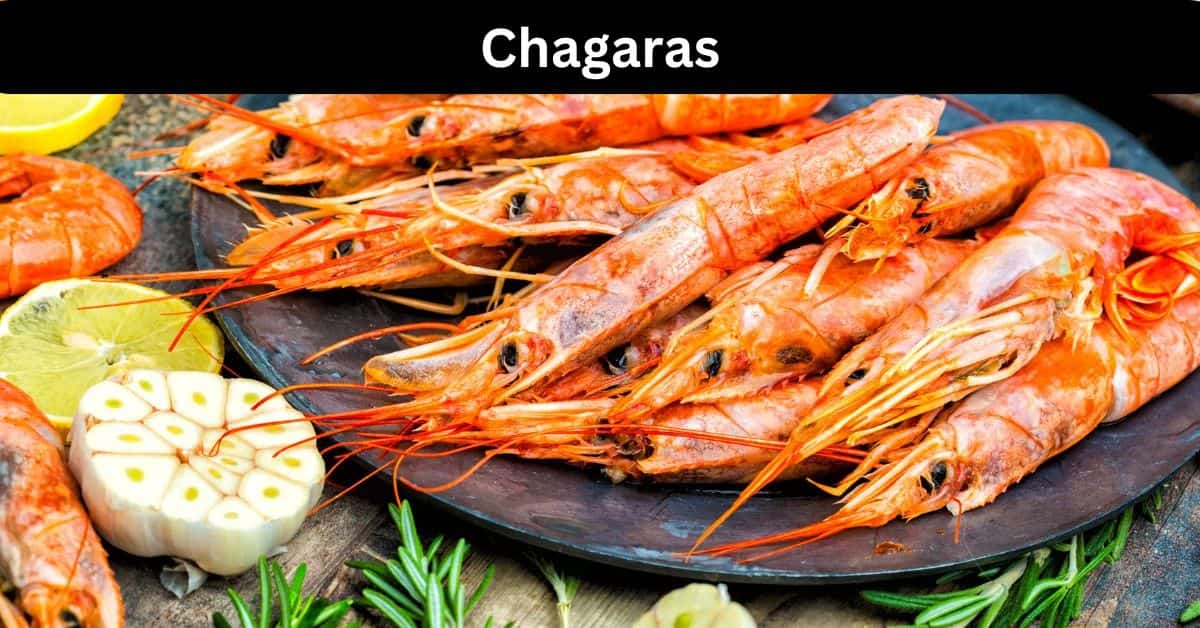Chagaras – Your Ultimate Guid
Chagaras take me back to my grandma’s kitchen. Eating them feels like a warm hug and a trip down memory lane, reminding me of home no matter where I am.
Chagaras are small dumplings from Central Asia, filled with various ingredients such as meat, vegetables, or cheese. They are typically boiled and served as a traditional dish in Central Asian cuisine, often enjoyed during festive occasions and family gatherings.
“Unlock the secrets of Central Asian cuisine with our captivating exploration of Chagaras – the beloved dumplings steeped in tradition and flavour!”
Contents
What Are Chagaras? You Need To Know
Chagaras are special dumplings that come from Central Asia. They’re like small pockets filled with yummy stuff like meat, veggies, or cheese.
People make them by wrapping dough around the filling and then boiling them until they’re cooked. Chagaras are more than just food – they’re part of important celebrations and family gatherings in Central Asia. They’re like a symbol of togetherness and kindness.
When you eat Chagaras, it’s like taking a bite of tradition and culture. Families pass down recipes from generation to generation, making Chagaras together and sharing stories. Whether you’re having them as a snack or as part of a big feast, Chagaras always bring people closer and make moments memorable.
When Were Chagaras Invented? Stay Updated
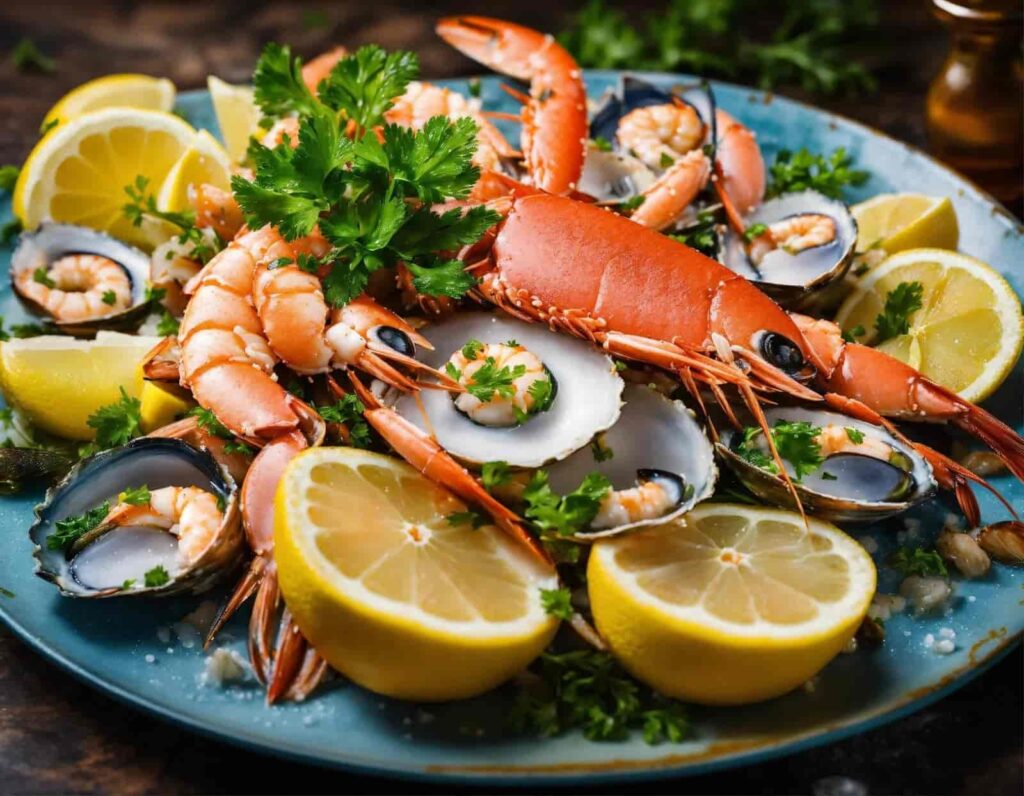
Chagaras have been around for a long time like a story passed down from grandparents to grandchildren. They were invented way back in ancient times by people who moved a lot, called nomads, in Central Asia.
These folks needed food that was easy to carry and cook while they travelled across big open lands. So, they came up with Chagaras, these little dumplings filled with tasty stuff like meat or vegetables.
As time went on, different places in Central Asia added their flavours and ways of making Chagaras. But the idea stayed the same: tasty, convenient food for people on the move. Even today, Chagaras are a beloved part of Central Asian cuisine, reminding people of the old days and the stories of their ancestors.
Read: Xm9viesforyou – Discover The World Of Entertainment!
Health Benefits Of Chagaras
- Chagaras are filled with nutritious ingredients like meat, vegetables, or cheese, providing protein, vitamins, and minerals.
- Chagaras filled with vegetables offer fibre, aiding digestion and promoting a feeling of fullness.
- Boiled Chagaras are lower in unhealthy fats compared to fried foods, making them a healthier option for those monitoring fat intake.
- The boiling process retains more nutrients from the fillings, maximizing the nutritional benefits of Chagaras.
- Enjoying Chagaras not only satisfies your taste buds but also provides essential nutrients for your body’s health and well-being.
Why Are Chagaras Special? Try Chagaras Today!
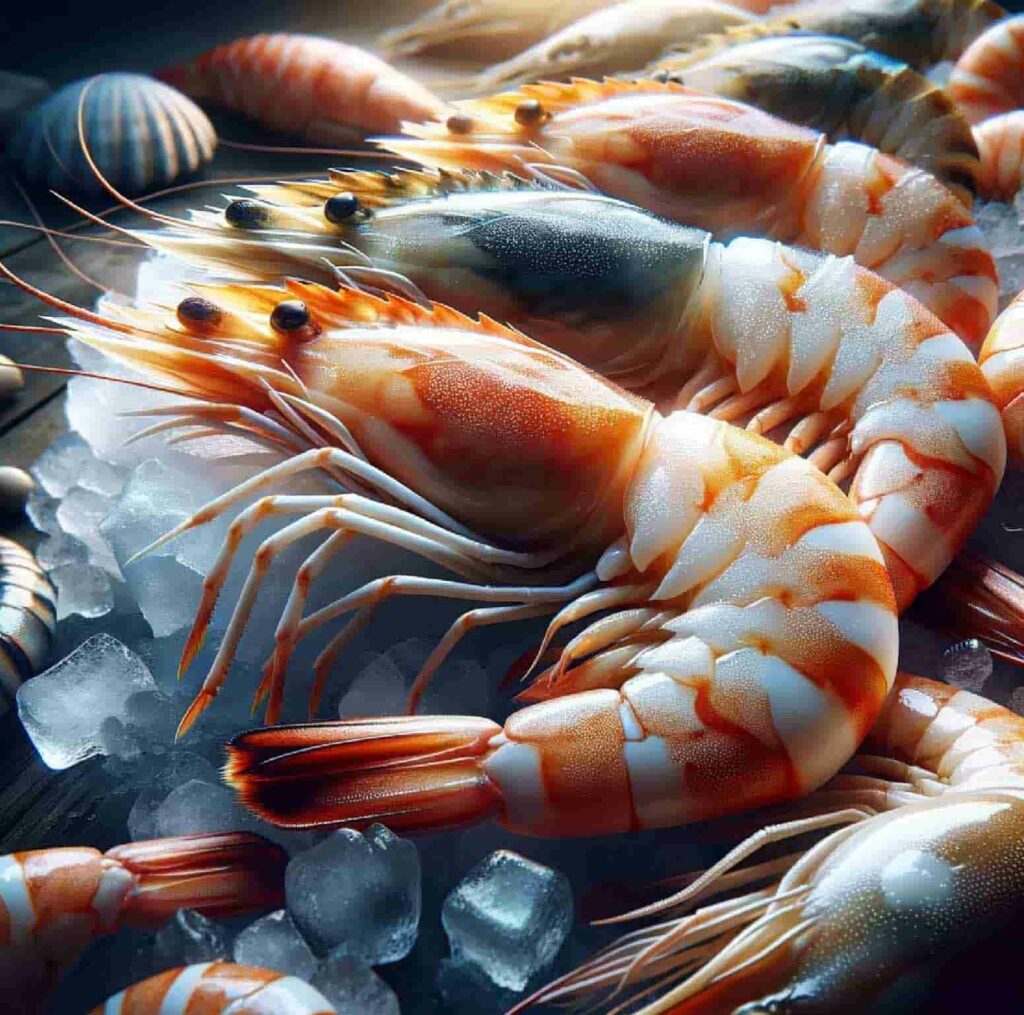
Chagaras are special because they’re not just food – they’re a big part of celebrations and get-togethers in Central Asia. Families make them together, sharing stories and laughter as they shape the dough and fillings into tasty dumplings. These dumplings are like a symbol of family and tradition, passed down from grandparents to grandchildren, keeping memories alive with every bite.
What makes Chagaras even more special is that they can be filled with all kinds of yummy stuff, like meat, veggies, or cheese. This means there’s a Chagras for everyone’s taste buds! Plus, making Chagaras takes time and care, with each dumpling crafted by hand, showing off the love and skill of the person making them.
How To Store Chagaras? Keep Exploring
Storing Chagaras is easy! If you have some leftover dumplings, you can keep them fresh by storing them in an airtight container. This helps prevent them from drying out or absorbing other flavours from the fridge. If you plan to eat them within a few days, the fridge is the perfect place to keep them.
If you want to save Chagaras for longer, you can freeze them. Just put them in a single layer on a baking sheet and freeze them until they’re solid.
Then, transfer them to a freezer bag or container for storage. When you’re ready to enjoy them again, you can reheat them by boiling them in water or steaming them until they’re hot all the way through.
How To Make Chagaras?
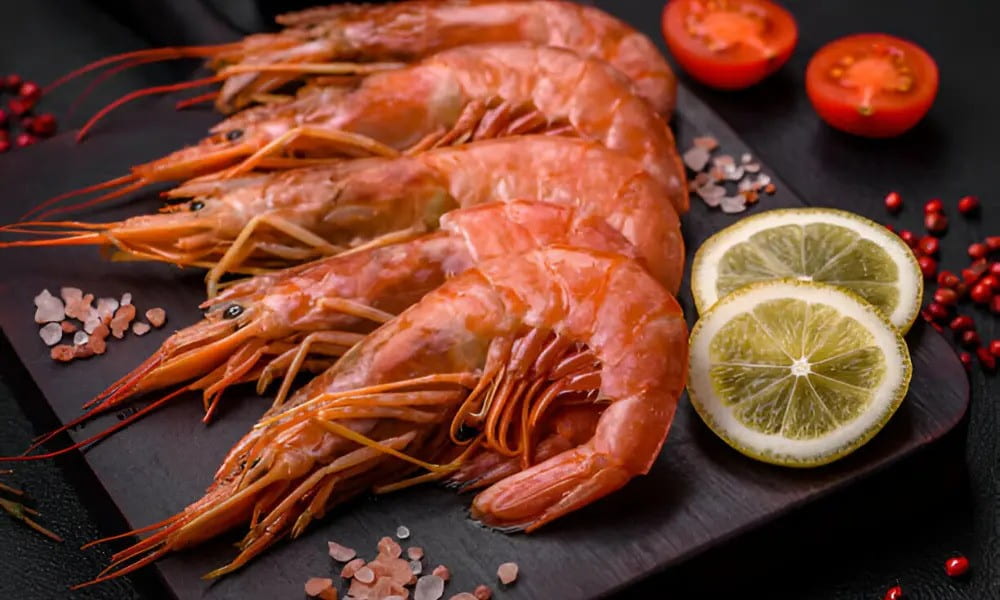
Prepare the Dough:
- Mix flour, water, and a pinch of salt in a bowl until it forms a smooth dough.
- Knead the dough for a few minutes until it’s soft and elastic.
Roll Out the Dough:
- Roll the dough into a thin sheet on a floured surface using a rolling pin.
Fill the Chagaras:
- Place a small spoonful of your chosen filling (such as minced meat, vegetables, or cheese) in the centre of each dough circle.
Shape the Chagaras:
- Fold the dough over the filling to create a half-moon shape.
- Press the edges firmly to seal the Chagaras.
Boil the Chagaras:
- Bring a pot of water to a boil and add the Chagaras.
- Boil them for a few minutes until they float to the surface, indicating they’re cooked.
Serve and Enjoy:
- Remove the Chagaras from the water and serve them hot with your favourite sauce or dip.
- Enjoy the deliciousness of homemade Chagaras with friends and family.
Read: Shared Hosting vs. Dedicated Hosting: What You Should Know
Why Try Chagaras? Learn More
Trying Chagaras is like taking a journey to Central Asia without leaving your kitchen. These tasty dumplings are filled with flavours that will make your taste buds dance with joy. Whether you’re a fan of savoury meat or prefer veggies, a Chagras is filling for everyone to enjoy.
Plus, making Chagaras is a fun activity that brings people together. You can gather with family or friends to roll out the dough, fill the dumplings, and share stories while they cook.
Chagaras aren’t just about the food – they’re about creating memories and experiencing a taste of tradition. So why not give Chagaras a try? Whether you’re looking for a new culinary adventure or simply want to add some deliciousness to your mealtime, Chagaras are sure to satisfy your cravings and leave you wanting more.
How To Serve Chagaras?
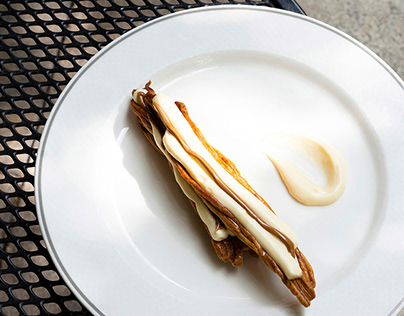
- Hot or Cold: Chagaras can be served either hot or cold, depending on your preference and the occasion.
- With Sauce or Dip: Serve Chagaras with your favourite sauce or dip, such as tomato sauce, yoghurt sauce, or a spicy chilli sauce, to add extra flavour.
- Garnishes: Sprinkle some fresh herbs like cilantro or parsley on top of the Chagaras for a burst of colour and freshness.
- Presentation: Arrange the Chagaras neatly on a serving platter or plate, making them look inviting and appetizing.
- Family Style: Serve Chagaras family style, allowing everyone to help themselves and enjoy the communal dining experience.
- Sharing: Share the joy of Chagaras with friends and family, creating memorable moments and spreading happiness with every bite.
- Enjoyment: Sit back, relax, and savour the delicious flavours of Chagaras as you share this delightful dish with your loved ones.
Read: Totally Science Gitlab – A Complete Guide!
Frequently Asked Questions
1. Are Chagaras gluten-free?
While traditional Chagaras are typically made with wheat flour, there are gluten-free alternatives available for those with dietary restrictions.
2. How long do Chagaras stay fresh?
When stored properly in an airtight container or wrapped tightly in plastic wrap, Chagaras can stay fresh for up to 3-4 days.
3. Can I customize the shape and size of Chagaras?
Absolutely! While the traditional shape of Chagaras is often a half-moon or crescent, you can get creative and experiment with different shapes and sizes to suit your preferences or the occasion.
4. Are there any traditional rituals or customs associated with making Chagaras?
In many cultures, making Chagaras is a group activity that bonds family and friends. People gather in the kitchen, sharing stories and recipes as they prepare these dumplings for special events.
Conclusion:
Chagaras are more than just dumplings; they’re a symbol of tradition and togetherness. Whether enjoyed with family or friends, these tasty treats bring people closer and create cherished memories. So next time you bite into a Chagras, remember the warmth of shared moments and the rich culture they represent.
Read more:

